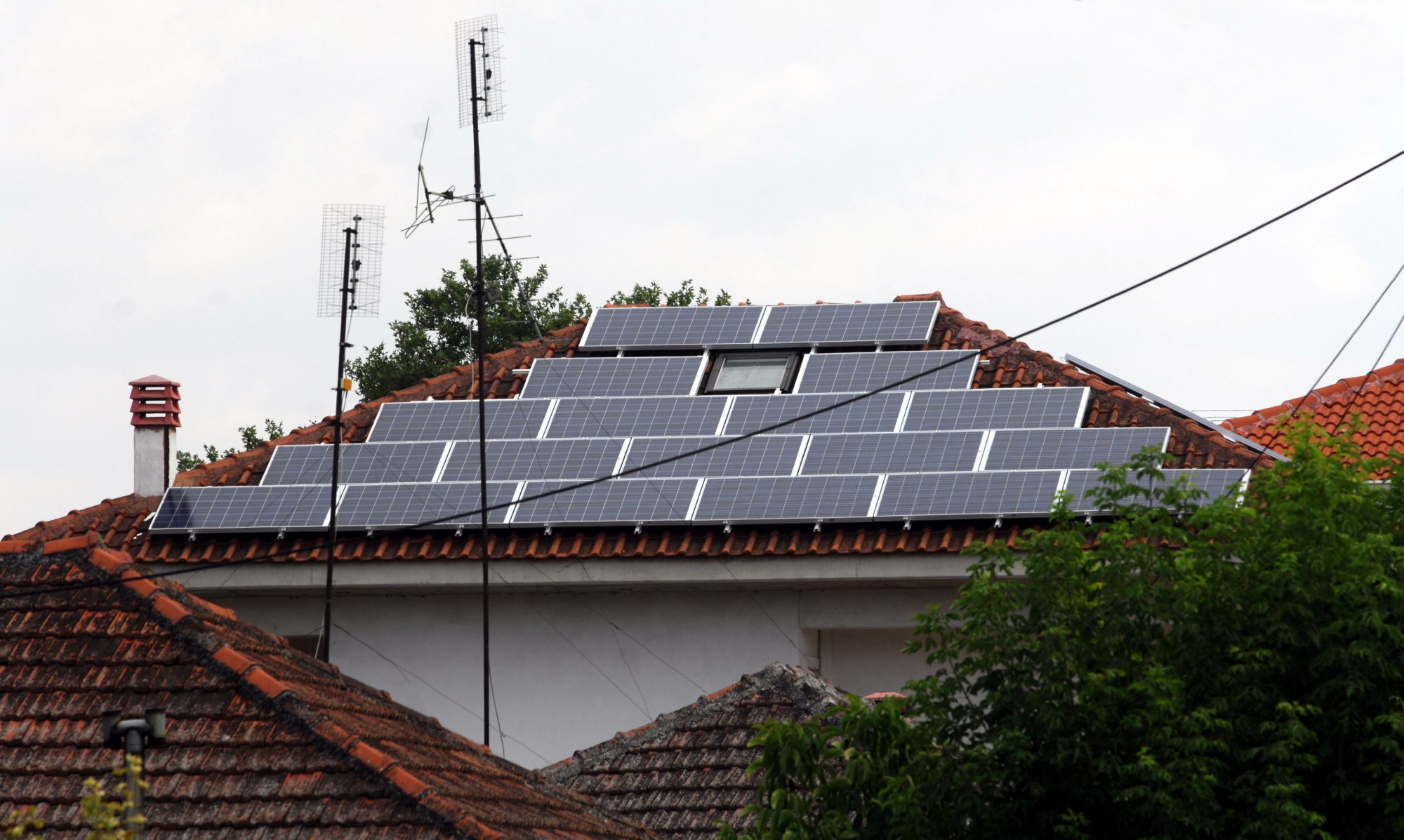Since May 1, Greek households have been enjoying a nighttime electricity tariff, stretching from 11:00 pm to 07:00 am daily, offering potentially cheaper power during these hours until Oct. 31, 2024. However, amidst this change lies a deeper shift in Greece’s energy landscape, largely unnoticed by many.
The rise of Renewable Energy Sources (RES) have introduced a new era of affordability for consumers. Wind and solar power have become so economically viable that they’re now unprofitable for investors, but a boon for Greek families and businesses. This trend hints at a broader transformation: cheap nighttime electricity might soon translate to inexpensive power throughout the day, as RES excel during daylight hours.
This shift hasn’t come without challenges. Over the past two years, Greece has pivoted its approach to wind energy, moving from a top-down development model to one centered on local community consent. Yet, this shift hasn’t been without controversy. Some regions have faced project setbacks, with the government even imposing bans on certain areas deemed off-limits for wind farm development.
Crete, in particular, finds itself at the center of a conflict where local authorities, backed by influential hoteliers in the Elounda area, argue that the island’s renewable energy installations disproportionately burden their tourist-heavy region. While zoning regulations were intended to address such concerns, the situation remains tense. How the government handles this issue could set a precedent for other regions, such as the Cyclades and the Dodecanese Islands, faced with similar challenges.
As Greece navigates its energy transition, balancing the interests of investors, communities, and environmental concerns will be crucial to shaping a sustainable future.



